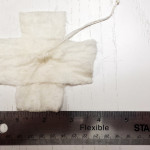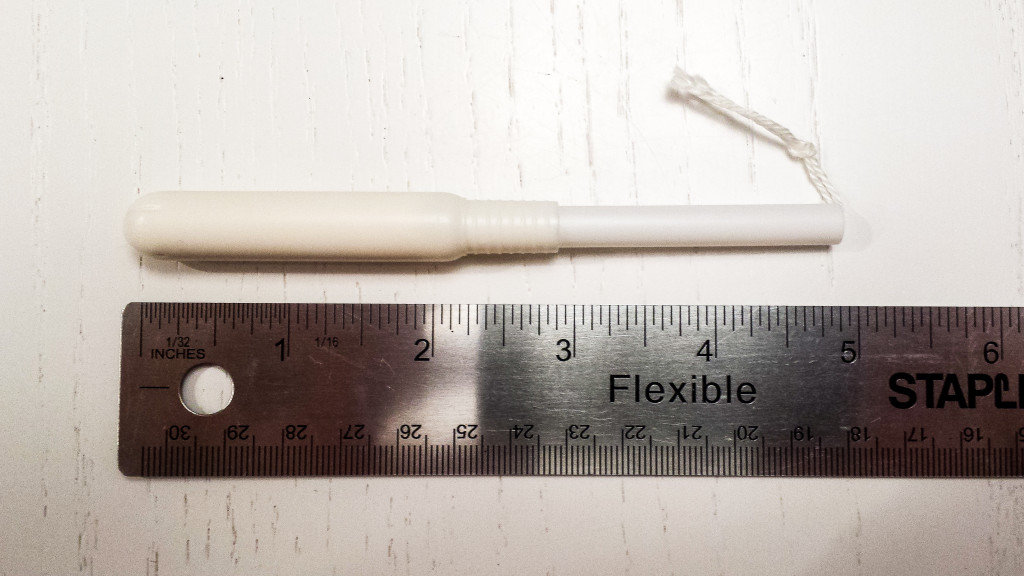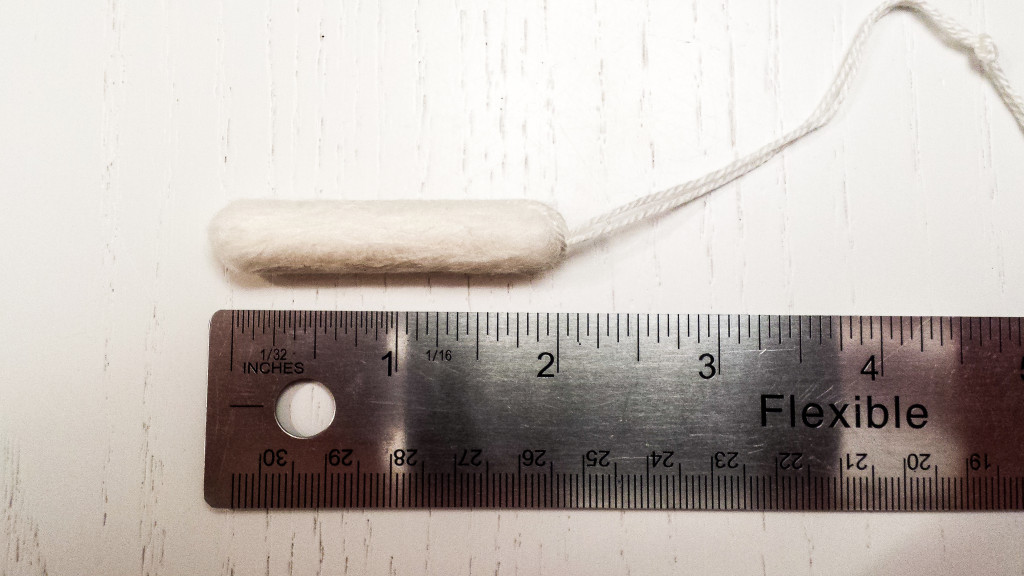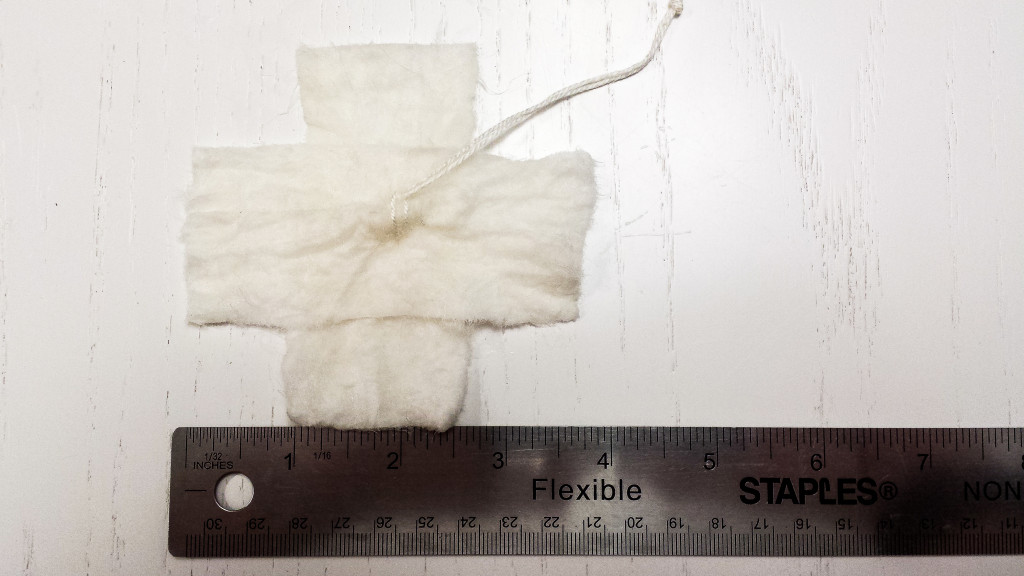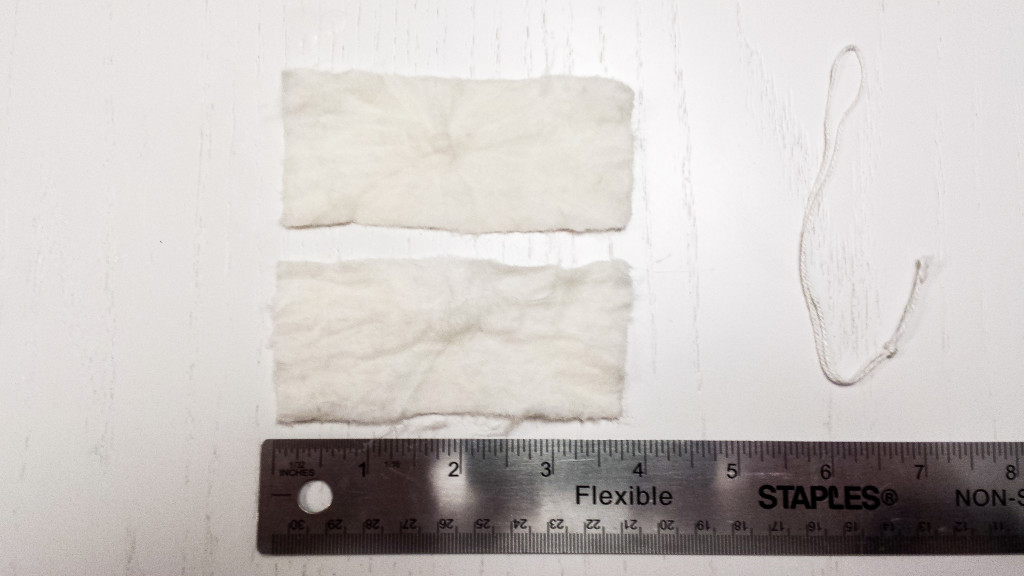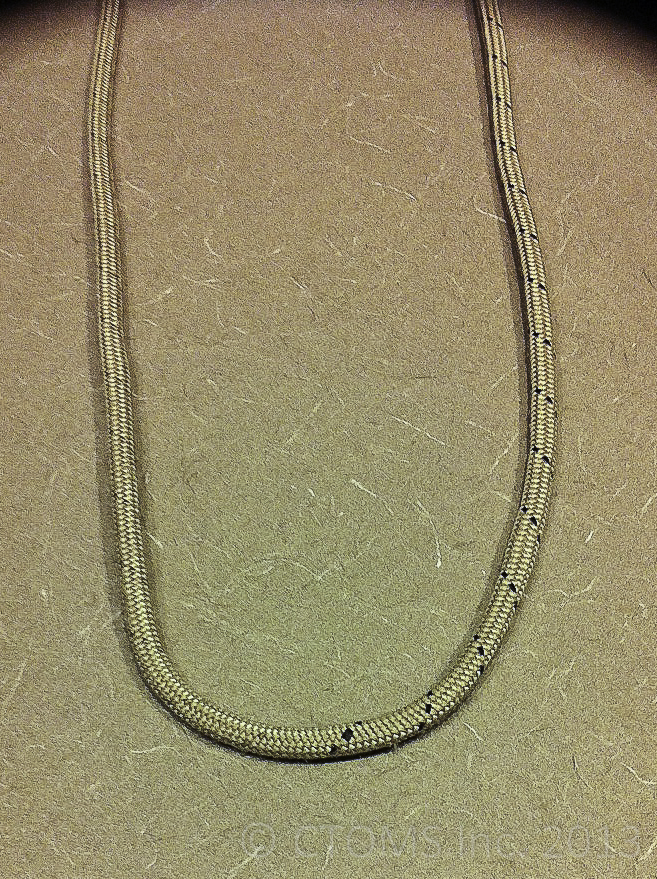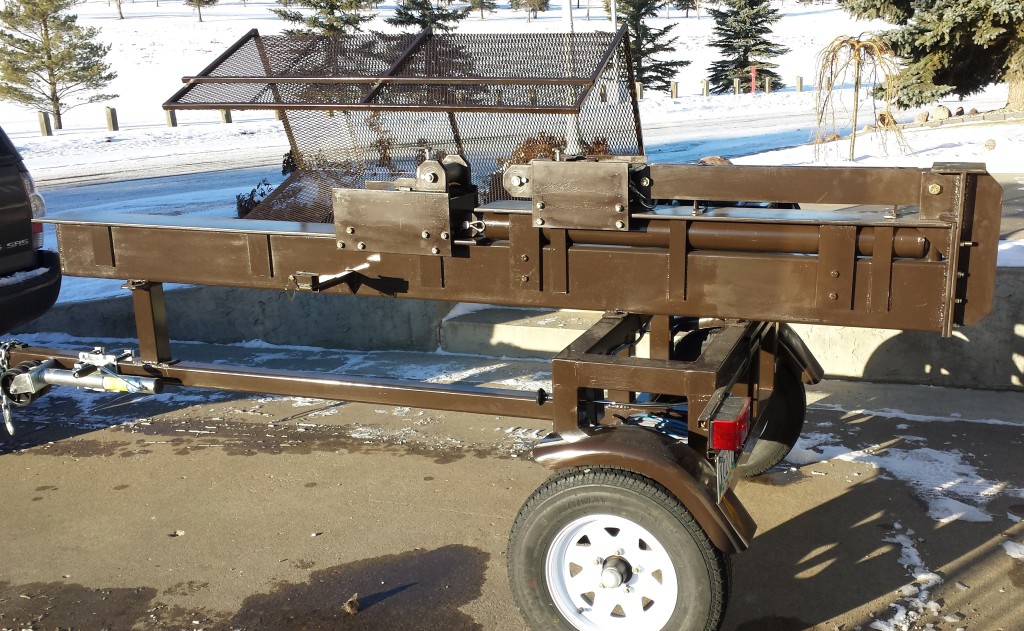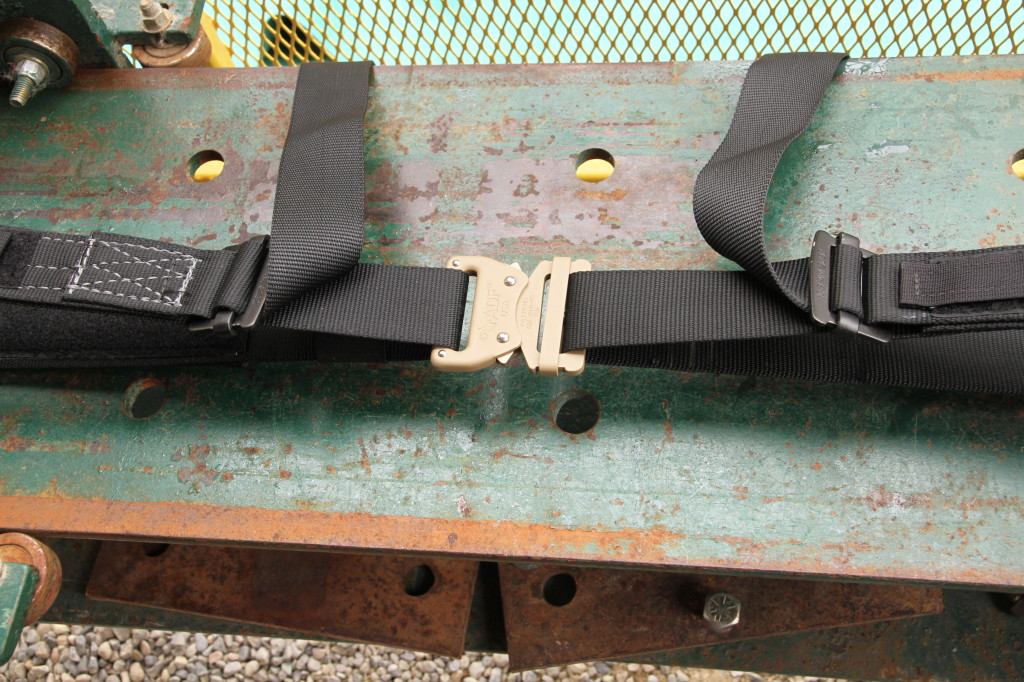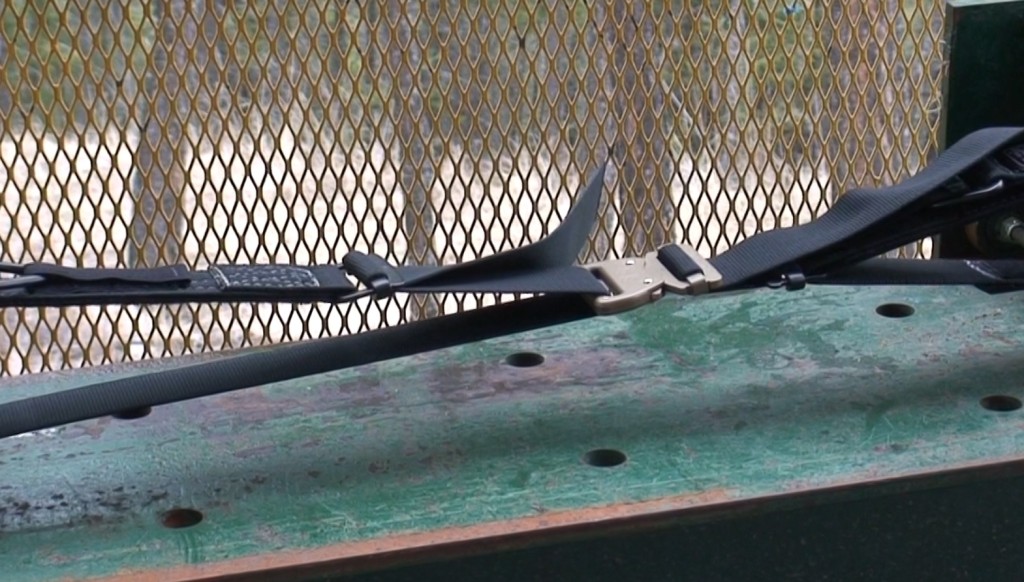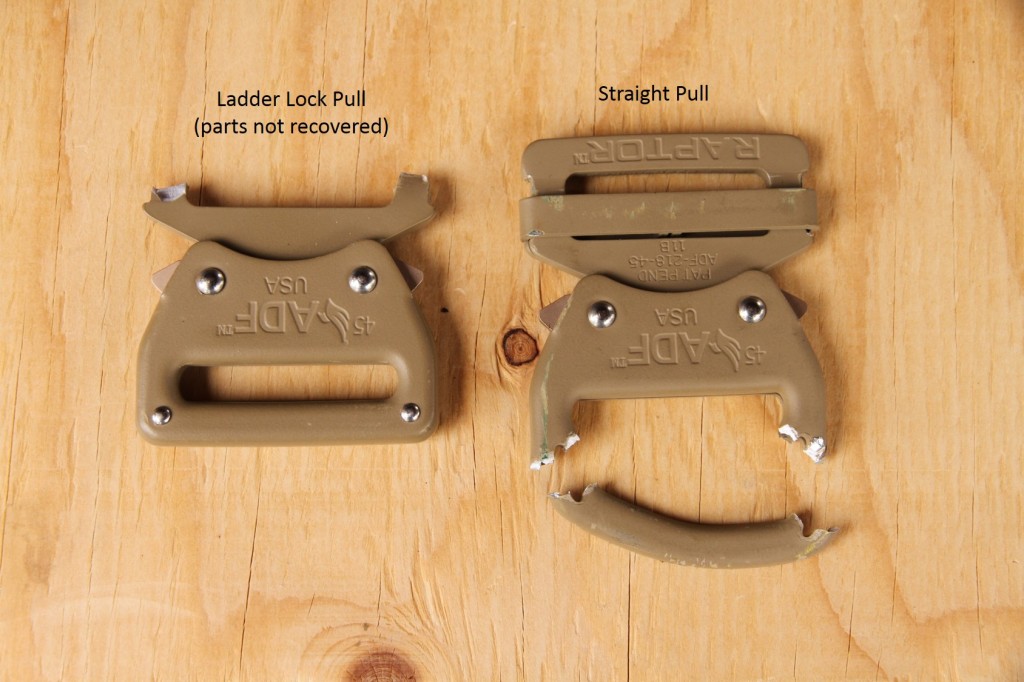Preface: This post is critical, so I would ask you to keep an open mind. But the intent is to be critical to specific design features and not to any specific product, brand or company. The vast majority of the companies that make harnesses with less desirable features noted herein have been in the harness business far longer than I have, and make excellent quality and designed products (unless they include the features I address concern with). At no point is there any intention to identify specific products or brands, which is why no brand names other than CTOMS are mentioned. It’s also the reason pictures are not posted in this article, but rather generic internet search terms to help you conduct the research yourself. These terms will sometimes bring up only one or two specific brands as examples of conditions I am describing (at the time of the writing of this article – the internet changes, so search results may as well). The spirit of the article is to post personal opinion regarding certain generic harness design features relating to the safety of that design feature. So without further ado…
Let’s talk harnesses. You might need one to secure yourself into a helicopter. Or you might need one for work positioning, rope assault, mountaineering or rescue work. Or as was once explained to a friend of mine of the breadth of skills a SAR Tech has (by a non-SAR Tech): “they do parachuting, scuba-diving, first-aid, and sometimes,…even rappelling”. Yes it’s true…sometimes, they even do rappelling. And if you need to rappel, you too will need a harness.
But as often as we seem to find ourselves in that emergency situation rappelling out of danger using our para-cord bracelet, key chain carabiner and riggers belt, and before we drink the sexy ‘if I buy that brand/color harness it must be good, and I must be cool’ cool-aid, let’s take a critical look at harnesses. Specifically, let’s look at them from the requirement perspective of military/law enforcement.
To be clear, this article is not about harnesses intended for recreational climbing, industrial work positioning or fall arrest or rescue at heights, or mountain rescue and the like, though, at times, it may be used for similar tasks. Mil/LE have unique additional requirements that should be taken into consideration. Just like aircraft, trucks, rifles and medicine, taking an off-the-shelf civilian design and slapping a MulitCam® paint job on it rarely suffices to meet the actual, practical and unique demands of Mil/LE.
The key features of a harness developed for this application SHOULD be that they are:
- Safe – does not compromise acceptable safety standards in order to achieve any of the below features;
- Functional – functions for it’s required intention; e.g.: work positioning, fall arrest, suspension, etc.
- Non-interfering – does not inhibit or interfere with range of motion or movement (flexibility, range of motion and agility);
- Lightweight (can be carried unobtrusively, including when it may not even be needed);
- Low pack volume (can be carried unobtrusively, including when it may not even be needed);
- Rapidly and easily donned and doffed while wearing gloves and tactical equipment, preferably without having to balance on one leg and not having to take any gear off;
- Seamlessly integrates, and non-interference with tactical equipment and movement. Main tie in point and gear loops are easily accessed while wearing tactical equipment;
- Minimal snag points;
- Low/no noise signature;
- Subdued color; and
- Comfortable.
There are probably more but I’m making this up as I go so bear with me.
Should I make sacrifices in function/design to save weight and space?
The answer is how much does frustration and lack of safety and performance weigh? For those that have ever donned a harness that didn’t have rear leg loop support straps, took a knee, then tried to stand up knows the answer. For those that don’t know, the answer is; carrying the weight of the little elastic straps is more than most likely well worth it to save the frustration, and quite honestly, potentially the life threatening situation the lack thereof could put you in.
What makes a bad harness?
Notice I didn’t ask ‘Who makes a bad harness?’. That would be way too bias, and just not professional. However it is the reason for the lack of pictures in this post. There is unfortunately a plethora of less desirable designs in the marketplace. Instead of posting images, I’ve posted key generic search words you can plug into Google that should turn up some examples if you have a discerning critical eye that can pull them out of the non-applicable and acceptable harnesses revealed in the same search.
Here are some key features you should ensure a harness has or doesn’t have before you commit your hard earned dollars or agency’s scarce budget, performance efficiency, and life to it.
Quick release buckle on the main belt.
I consider this a life threatening design failure. Cobra buckles are great. They don’t open under load. Especially the new Cobra Pro’s. These Pro’s have been redesigned with even tighter tolerances and refined engineering to prevent accidental single side only connections and reduce unintended opening. So why shouldn’t I put one on the main belt of my harness? It is far more convenient to don and doff, isn’t it?
There are three concerns off the top of my head with a side release buckle on the main belt that is not captured and secured in harness mode:
- From time to time, from personal experience safety checking side release buckle harnesses, more often than you would think, the buckles do not fully seat because of clothing, debris, snow or ice, sausage fingers, etc. The reason being is that when donning, often there is force pulling the two ends apart. Once one side clicks in, the person donning believes the buckles is secure. However, the force pulling the two sides apart prevents the second side from connecting. This about halves the strength and integrity of the buckle. Though it should be noted that AustriAlpin significantly reduced this likelihood with their redesigned Pro version. However, the possibility still exists, even in the Pro version, with a far greater commonality than you would probably expect.
- The convenience makes it convenient to forgetfully but purposefully open it while being worn as life support, eliminating the life support capability. Or for that matters, forgetting to close it at all (think taking a leak); and
- Sure it won’t open under load, but that doesn’t mean it won’t open accidentally when not under load, especially when you don’t know it opened accidentally before loading it with your life. Accidental opening of one, even both leg loops is not that big of a deal. Accidental opening of the main belt can be catastrophic. For example, when not under load, imagine bending over. The buckle is not loaded and perfect conditions that preface all accidents, the folds of clothing and tissue squeeze the side release tabs unbeknownst to the wearer. The wearer then commits themselves to the edge with an insecure buckle on their main belt, inverts and slides out of the leg loops.
I am only aware of the first example occurring, and quite frequently. The question to ask yourself is if the convenience is worth the risk, especially when just as convenient but far safer options are commercially available. Use critical evaluation if you are considering purchasing a harness with a quick release buckle on the main belt, that if opened, compromises the integrity and safety of the harness. Are the other features of the harness worth the sacrifice in safety?
Google Image Search: cobra buckle rappel harness, work sit harness for special forces
Quick release buckles on the leg loops with protruding release latches.
While certainly not as serious as a quick release on the main belt – if you accidentally pop a leg loop, who really cares? But again, it’s one of those added risks vs. benefits. I’m a huge fan of quick attach/release buckles on leg loops. Donning and doffing is so much easier, especially with skis or crampons on. However, there is the possibility that, not under load, the buckle can get squeezed between folds in trouser fabric or gear and depress the tabs and partially or fully release the buckle unbeknownst to the wearer.
Google Image Search: Cobra buckle leg loops (Keep in mind your looking specifically for the 1″ Cobra Buckles with protruding release tabs. Larger Cobra Buckles and the new 1″ buckles with XS tabs have tabs that are protected from depression by the frame, though at not completely immune.)
Carabiner as the belay loop (connecting the leg loops to the main belt).
This one is really bad, and I see it far too often. I consider this another life threatening design failure. This is a serious safety compromise to try to solve a convenience problem of quick connect/detach leg loops. The carabiner becoming cross loaded in this configuration is the rule not the exception and therefore there is no good reason for this design.
Google Image Search: riggers belt harness, urban leg loops, alpine bod harness
No leg loop support straps (the elastics that connect the back of the leg loops to the belt).
I consider this a life threatening design failure. If a harness does not have these, it is simply ignorance and negligence on the part of the designer as far as I’m concerned. Yet for some reason, a significant amount of harnesses in the this market seem to lack this feature.
Here’s the deal. If I place a tourniquet over clothing and tighten it so tight it cuts off flow of the femoral artery, that tourniquet can still be dislodged with leg movement and clothing manipulation. Thighs are cones, and loops around them tend to migrate to the smaller diameter, often just following gravity toward the knee. Legs loops that are much looser than a tourniquet do the same thing with nothing holding them up. If you don’t believe me and you’re hell bent on saving the miniscule weight, and convinced they aren’t required, please don’t take my word for it. Do one or all of the following: Don a harness without rear leg loop support straps and:
- Take a knee, then stand up. Do it a few times and eventually you’ll see what happens. Then imagine doing that on the ramp or the sill of an aircraft, or during fire and movement on a two way range.
- Climb. Climb at a climbing gym or at the crag. Hell, just climb a ladder (especially a caving ladder).
- Tread water then try to swim (but make sure there is a life guard present. I also recommend wearing a PFD you can actuate if you start panicking).
It will happen to you once, and you’ll never wear a harness without them again, I promise. So don’t buy a harness that doesn’t come with them. You will regret it.
Google Image Search: riggers belt harness, tactical rappel harness, urban leg loops
Fixed leg loop size.
This is a sporto harness feature and needless to say, doesn’t really work well for Mil/LE application. The good news is that unlike many of the other concerns listed, this one is rarely designed into Mil/LE harnesses, though you can still find an example or two out there. Leg loop size needs to be adjustable for varying layers of clothing, comfort and correct fitting of the harness.
Google Image Search: riggers belt harness, fixed size leg loop harness
Leg loop sizes that are counter-dependent on each other (one gets larger when one shrinks, i.e. one sling loop, both legs, fixed size).
I’m pretty sure this isn’t an airworthiness approved harness configuration. This is the fixed loop that goes around your legs then you pull the back side of the strap between your legs and clip it to the front side, then clip it into the belt (see “Carabiner as a belay loop” above). The problem(s) with this is that when one leg loosens the other tightens. It’s not a stable configuration. (see ‘No leg loop support straps’ above) (see ‘Fixed leg loop size’ above) A pre-set size is not going to work the same for 5’2″ and 6’6″ or two people the same height with different thigh girth. If you’re going to carry this style as an emergency harness, I highly recommend 1″ tubular nylon pre-sized to fit your body type. At least then it is multipurpose and saves you a lot of money. Take caution regarding the ‘see-saw’ motion of this type of harness over extended use as it can be abrasive to the connection point.
Google Image Search: riggers belt sling leg loops
Chest Harnesses.
It is also worth mentioning chest harnesses. If you’re wearing a plate carrier or a pack, you’re most likely going to need a chest harness to help keep you upright. The problem here is integration with armor. Chest harnesses either need to go under the plate carrier, the anchor coming out the top at the neck, which I’ve seen and is a terrible and dangerous idea. Or they need to go over top, which usually means over top of everything. Unfortunately, this covers up access to, and crushes your ammo, med kit, pushes the PTT on your radio, etc.
Here is the catch now – the advertisement.
Trust me when I tell you, we have mentally masturbated all these concerns to exhaustion, and have come up with some very unique solutions.
Considering all the above, CTOMS™ has developed our 2nd generation harness systems; the M2, G2 and T2 Systems. These harnesses have been developed to consider the unique features and capabilities required in a tactical harness, without compromising any of the safety concerns. We are currently entering into production and anticipate availability early 2015. Stay tuned for full reviews of the harnesses here on Private Bloggins. If you have further questions regarding the upcoming harness systems, drop us a line and we can put you on the list to send you the information package once available.

